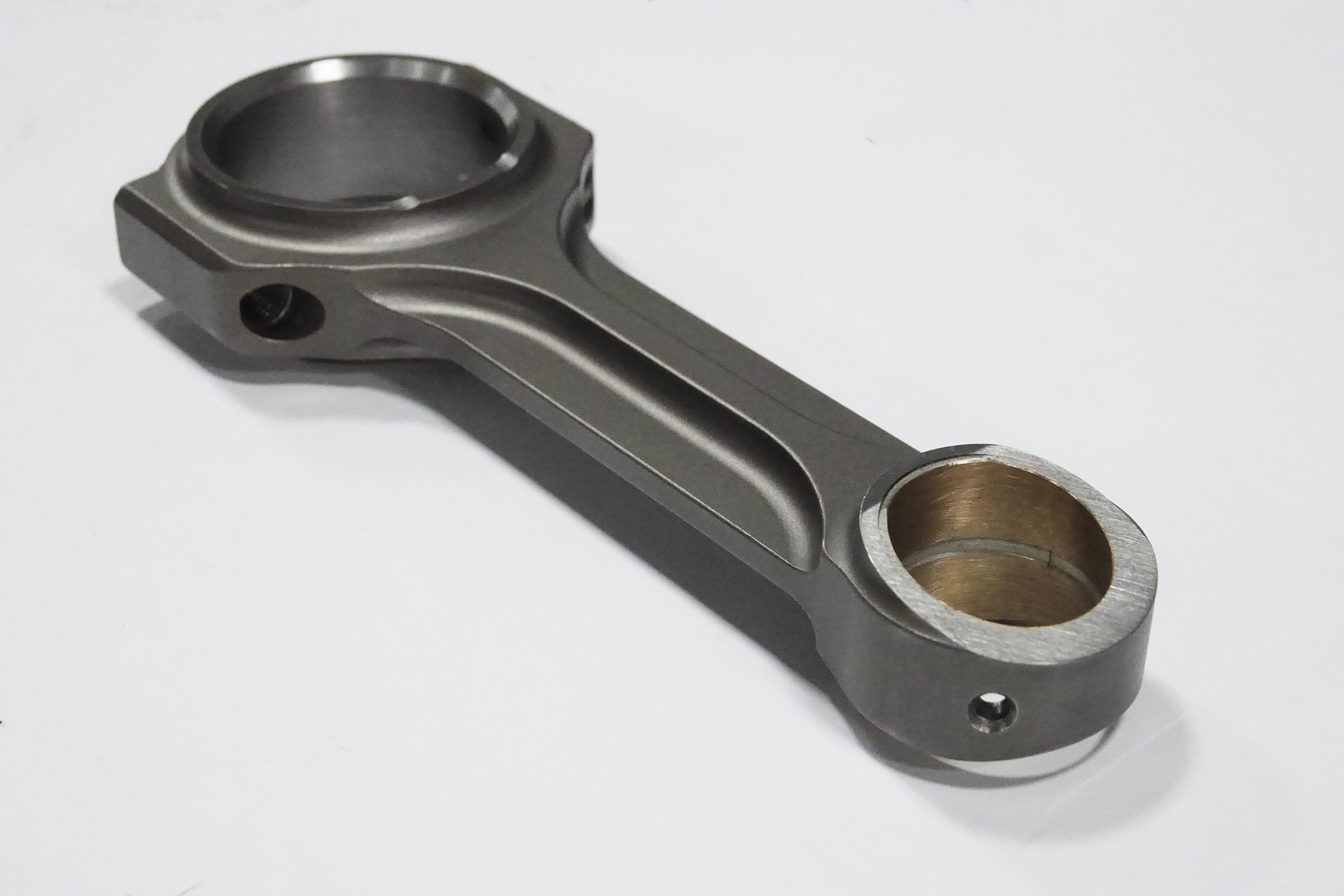Ford 302 connecting rods are essential components in the iconic Ford 302 small-block V8 engine. Known for its durability, performance, and versatility, the 302 has powered a wide range of vehicles, from classic Mustangs to modern hot rods. To ensure your Ford 302 engine runs smoothly and reliably, it’s crucial to understand the role of connecting rods and the options available for upgrading these critical components.
Connecting rods are responsible for transferring the force generated by the combustion process from the pistons to the crankshaft, converting linear motion into rotary motion. As such, the quality and strength of the connecting rods play a significant role in the engine’s overall performance and reliability.
Stock Ford 302 connecting rods are typically made from cast or forged steel, offering a good balance of strength and cost-effectiveness. However, for those looking to boost their engine’s performance or increase its ability to withstand high horsepower and torque levels, aftermarket connecting rods can provide significant benefits.
Aftermarket connecting rods are available in various materials, designs, and strengths. For instance, upgrading to a set of high-quality forged steel or even billet steel connecting rods can improve the engine’s ability to handle increased power and stress. These stronger materials provide greater resistance to fatigue, helping prevent connecting rod failure in high-performance applications.
Another consideration when selecting Ford 302 connecting rods is the rod design. Common designs include the I-beam and H-beam, each with its own set of advantages. I-beam connecting rods are known for their lightweight construction and resistance to bending forces, while H-beam connecting rods offer increased rigidity and strength, making them ideal for high-horsepower applications.
Proper installation and maintenance are also vital for ensuring the longevity and performance of your Ford 302 connecting rods. When installing new connecting rods, always follow the manufacturer’s torque specifications and use a calibrated torque wrench to ensure a secure connection. Additionally, applying a quality lubricant to the connecting rod bolts and threads will reduce friction and allow for more accurate torque readings.
To maintain the health of your Ford 302 connecting rods, it’s essential to adhere to a regular maintenance schedule and address any engine-related concerns promptly. Periodically inspecting the connecting rods for signs of wear or damage can help identify potential issues before they escalate into costly failures.
In conclusion, understanding the role of Ford 302 connecting rods and the options available for upgrading these components can significantly enhance your engine’s performance and reliability. By selecting the right connecting rods, following proper installation procedures, and maintaining your engine diligently, you can ensure your Ford 302 remains a reliable and powerful driving force for years to come.